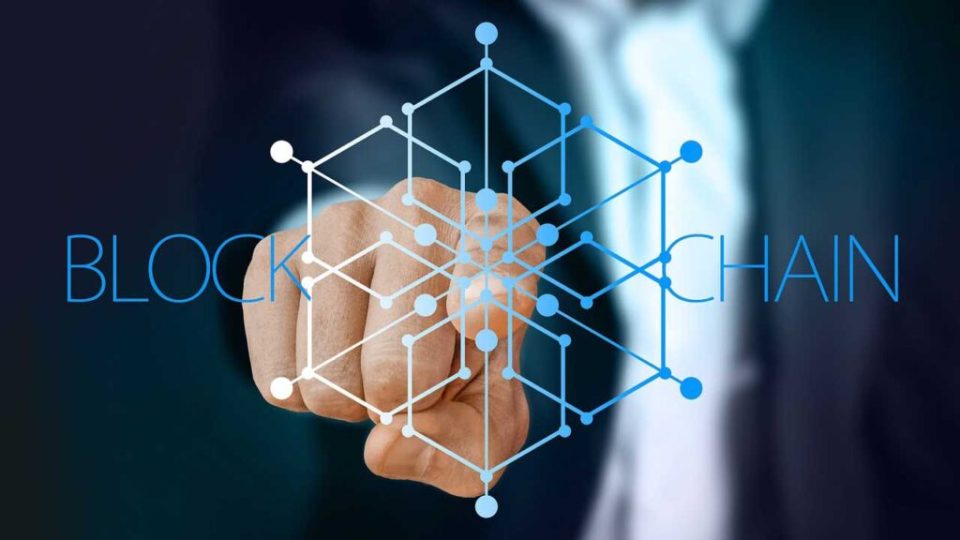Unlocking the Future: A Deep Dive into the Transformative Power of Blockchain Technology

Introduction: Beyond the Buzzword
Once synonymous only with Bitcoin and cryptocurrencies, blockchain has evolved into one of the most disruptive technologies of the 21st century. From finance to supply chain, from healthcare to intellectual property, this decentralized ledger system is redefining how we store, verify, and transmit data. Yet, many still associate blockchain purely with digital coins, missing the depth and breadth of its revolutionary potential. This article aims to explore blockchain not just as a technical marvel, but as a paradigm shift in trust, transparency, and transactional autonomy.
Understanding the Core: What Is Blockchain?
At its essence, blockchain is a distributed, immutable digital ledger. It records data in “blocks” that are cryptographically linked to one another in chronological order, forming a “chain.” This structure ensures that once a block is added, it cannot be altered without changing all subsequent blocks—an almost impossible feat, given the decentralized nature of the system.
Key characteristics of blockchain technology include:
-
Decentralization: No single entity controls the network. Data is maintained across multiple nodes (computers), making it resistant to censorship and fraud.
-
Immutability: Once entered, data cannot be altered or deleted, ensuring historical accuracy and auditability.
-
Transparency: Every transaction is recorded and visible to authorized participants, enhancing trust and accountability.
-
Consensus Mechanisms: These are protocols (e.g., Proof of Work, Proof of Stake) that help nodes agree on the validity of transactions without a central authority.
Blockchain vs. Traditional Databases
To understand blockchain’s value proposition, it’s important to contrast it with traditional databases:
| Feature | Traditional Databases | Blockchain |
|---|---|---|
| Control | Centralized (admin-controlled) | Decentralized (peer-to-peer) |
| Data Modification | Editable and deletable | Immutable once recorded |
| Trust Requirement | Requires third-party trust | Trustless, based on consensus |
| Auditability | Requires logs and backups | Inherently auditable |
The takeaway is clear: blockchain reduces dependency on intermediaries, empowers peer-to-peer collaboration, and enhances data integrity—all critical in an increasingly digital world.
Real-World Applications: More Than Just Crypto
While cryptocurrency remains blockchain’s most famous offspring, the technology has far-reaching applications across various sectors:
1. Finance and Banking
Blockchain enables faster, cheaper, and more secure transactions. Smart contracts—self-executing code stored on the blockchain—eliminate the need for intermediaries in loan approvals, insurance payouts, and international remittances.
2. Supply Chain Management
From verifying the origin of raw materials to tracking the journey of food from farm to fork, blockchain enhances traceability, reduces counterfeiting, and builds consumer trust.
3. Healthcare
Patient records can be securely stored and shared across institutions with full patient consent, reducing administrative friction while improving care quality and privacy.
4. Intellectual Property and Copyright
Artists and creators can register their work on blockchain platforms, enabling automatic royalty payments and transparent ownership tracking.
5. Voting Systems
Blockchain-powered voting can eliminate electoral fraud by ensuring that votes are securely cast, immutably recorded, and verifiably counted.
The Role of Smart Contracts
One of blockchain’s most innovative features is the smart contract—a programmable agreement that executes automatically when predefined conditions are met. These contracts are tamper-proof, autonomous, and enforceable without human intervention. Imagine a freelancer receiving payment instantly once a task is verified, or an insurance claim being settled the moment the conditions of the policy are satisfied. Smart contracts are redefining efficiency, especially in sectors where time, trust, and enforcement are critical.
Challenges and Limitations
Despite its promise, blockchain is not without hurdles:
-
Scalability: Public blockchains can suffer from slow transaction speeds and high fees during peak usage.
-
Energy Consumption: Some consensus mechanisms (like Proof of Work) are notoriously energy-intensive.
-
Regulatory Uncertainty: Laws and compliance frameworks have yet to catch up with the pace of blockchain innovation.
-
Interoperability: Different blockchains often operate in silos, making integration difficult without standardized protocols.
These challenges, while significant, are actively being addressed through innovations such as layer-2 scaling solutions, more efficient consensus models, and regulatory sandboxes that foster experimentation.
The Future of Blockchain: What Lies Ahead?
Blockchain is still in its developmental stage, but its trajectory suggests a future where:
-
Governments may adopt national digital currencies built on blockchain.
-
Traditional financial systems might integrate with decentralized finance (DeFi) platforms.
-
Identity verification becomes blockchain-based, allowing individuals to control their own digital identity.
Just as the internet reshaped information, blockchain is poised to reshape trust. We are on the cusp of a world where individuals, not institutions, control their data, assets, and transactions.
Conclusion: A New Era of Trust and Autonomy
Blockchain is more than a technological curiosity—it’s a philosophical shift. It challenges age-old systems of centralization and control, offering a transparent, secure, and democratic alternative. Though still maturing, its foundation is solid, its potential vast. As businesses, governments, and individuals begin to understand and harness its power, blockchain may very well become the backbone of a new digital society—one built not on trust in institutions, but on trust in code.
In a world grappling with data breaches, institutional mistrust, and inefficiency, blockchain offers a compelling promise: a future where trust is not given, but verified.
